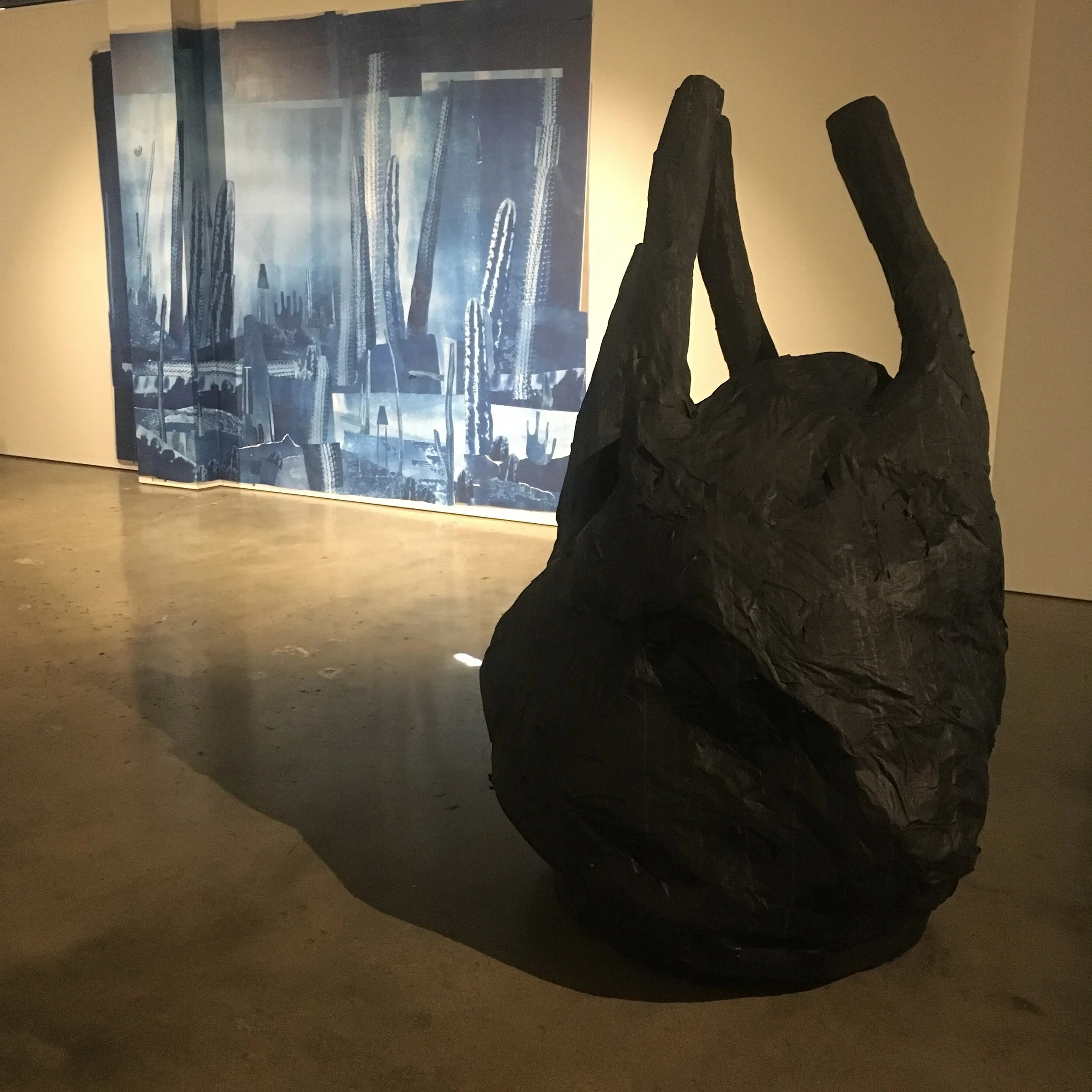https://vimeo.com/432388909?fbclid=IwAR1VxVC67OjOZgb2KTSlWIMbXEdKMWhEXyOHBdi3301c5jJkRUAMMj4Isn8
GOOD NEWS FROM OUTER SPACE
Nicholas Hanisch, Cassie Thring
17 October – 8 November
OPENING | Thurs, 17th Oct, 6-8pm
This collaborative exhibition by Nicholas Hanisch and Cassie Thring explores alternate realities by creating immersive installations. The work borrows from early science fiction productions to teleport the audience into their otherworldly and imagined spaces.
This activity is proudly supported by the Adelaide Central School of Art Graduate Support Program
GOOD NEWS FROM OUTER SPACE
essay by Melanie Cooper
First published in 1989, John Kessel’s science fiction novel Good News From Outer Space is a darkly comic novel that revels in the irrational anxieties at the heart of the quest for knowledge and the truth of reality. In this collaboration between Nicholas Hanisch and Cassie Thring, the absence of certainty and fixed absolutes is countered by humor, curiosity and experiment so that things that don’t work out can be rebuilt, salvaged and turned into something else. As with science fiction, the simultaneous strangeness and familiarity of otherworldly landscapes and unfamiliar experience present an absurd and uncanny paradox, and in the words of Thring, ‘softens the blow’ of the nonsensical absurdities of life and the human condition.
For artists driven by process, the uncertainty of risk and potential fuck up provides an open playing field in which to kick around ideas as they emerge, develop and retreat, take on life as resolved works or are otherwise abandoned altogether. Some ideas take flight and others crash. But this exhibition is not simply about the result or end-product. Over time, Hanisch and Thring have immersed themselves in an ongoing conversation, making work in response to each other, pushing ideas into new corners and stretching things out to see how far they can be taken. A hole is drilled into the wall separating their studio spaces. A rope is pushed through to test something out and pass things back and forth. Materials are ‘cobbled together in a clunky, ad hoc backyard way,’ reminding me of my own childhood experiments and assemblages where chicken coups became spaceship time machines and an old drum and lifejacket morphs into a horse.
Using an almost monochromatic palette of cyanotypes and black paint, the aesthetic of Good News From Outer Space is reminiscent of the Apollo 11 moon landing televised around the globe at a time in which the tropes of science fiction took images and landscapes of our own planet and turned them into something else. Intergalactic robots and space machines were made from old bits of pipe and domestic appliances. For Hanisch and Thring, different materials, objects and spaces become testing grounds for dealing with difficulty, uncertainty and the unknown. In the same way that science fiction expands on and manipulates the existing knowledge of things, Thring and Hanisch take known shapes of giant prickly cacti growing in open, arid earthly space and mutate them into alien forms. Newly invented organic Exo forms are freshly spawned and stretch their searching limbs outward toward the unchartered with slurps and sound machines filling an uneasy space. The conspicuous absence of human figures are replaced by anthropomorphic triangle shapes attached to elongated stilt legs. Mirrors and lights trick the eye into thinking there is an endless depth of receding space in shallow constructed forms.
There is beauty in the strange, and there is a grounding familiarity in the foreign. Good News From Outer Space is an immersive work in which viewers will find and lose themselves at the same time. Enter without helmet and safety gear. Leave with a lighter sense of knowing the dark as a space that is navigated through your own internal bearings and experience.


